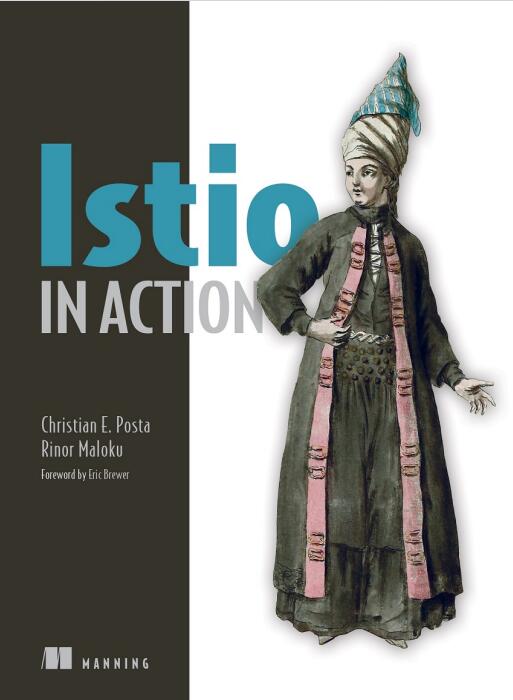
资料内容:
How this book is organized: A roadmap
This book has four parts and 14 chapters. Part 1 of the book
introduces the concept of a service mesh and explains how
Istio implements it. These three chapters cover the
architecture of Istio, how Envoy fits into it, and how it can
benefit your organization:
Chapter 1 introduces the benefits of Istio and the value
that adopting service meshes can bring to an
organization.Chapter 2 is a hands-on tutorial for installing Istio in a
Kubernetes cluster. You deploy and integrate your first
application into the mesh and configure it with Istio’s
custom resources. Using the demo application, this
chapter provides an overview of what you get out of the
box with Istio and covers traffic management,
observability, and security.
Chapter 3 is all about Envoy: how it came to be, what
problems it solves, and how it fits within the service
mesh architecture.
Part 2 is a deep dive into Istio. The focus switches to
practical examples, and we answer key operational
questions: how to secure traffic coming into your cluster,
make services more resilient, and make your system
observable using the telemetry generated by the service
proxies. This part contains six chapters:
Chapter 4 teaches you how to use and configure the
Istio ingress gateway to route traffic securely from the
public network to your services (what we call north
south traffic).
Chapter 5 proceeds after traffic is admitted into the
cluster. It shows how VirtualService. and
DestinationRule. are used to route traffic in a fine
grained manner, enabling complex deployment patterns
to reduce risk when you release new software.

